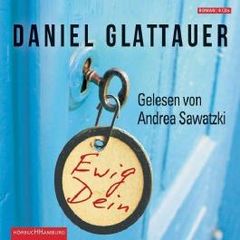

The novel tells the story of a fictionalized cyber-romance that mirrors literature's response to new information technologies. An accidental conversation caused by a typographical error in an e-mail address soon turns into a contemporary romance, a virtual love story, as the English title anticipates. The novel is composed exclusively of e-mails exchanged between the protagonists Leo Leike and Emmi Rothner.

Gut gegen Nordwind was a major success in Austria, as well as internationally, and was translated into twenty-eight languages. Austrian writer Daniel Glattauer's Gut gegen Nordwind (translated as Love Virtually, 2006) revives and updates the genre of the epistolary novel by using e-mails as the medium of communication. This chapter explores the creation of intimacy and expression of love and desire in a twenty-first-century epistolary novel.

In the twenty-first century, even after the decline of letters as a preferred medium of communication, the genre is far from disappearing with the development of the e-mail novel, it has transformed and accommodated itself to contemporary conditions. As a traditional genre of self-observation and observation of others, epistolary novels simulate face-to-face communication and are particularly suited to replicate modern forms of sociability and reflection. Epistolary novels like Richardson's Pamela (1740), Rousseau's Julie ou la Nouvelle Heloïse (Julie, Or The New Heloise, 1761), or Goethe's Die Leiden des jungen Werthers (The Sorrows of Young Werther, 1774) explore the potential of this genre to express modern subjectivity in the context of romantic love as a medium with its own codes of communication. EPISTOLARY NOVELS BECAME increasingly popular in the eighteenth century as a consequence of two major developments: the emergence of the concept of romantic love1 and the formation of modern reflexivity.


 0 kommentar(er)
0 kommentar(er)
